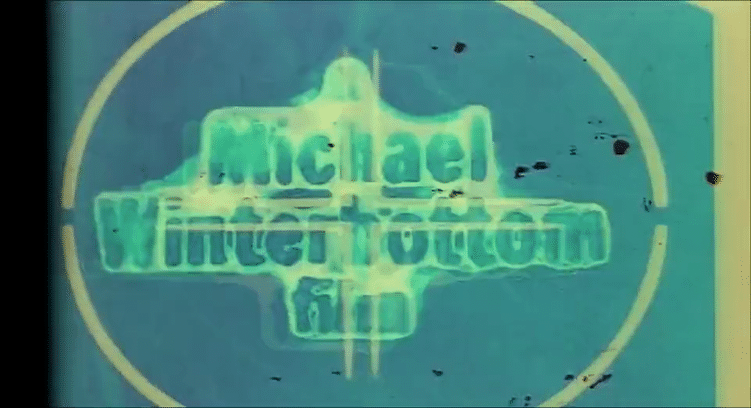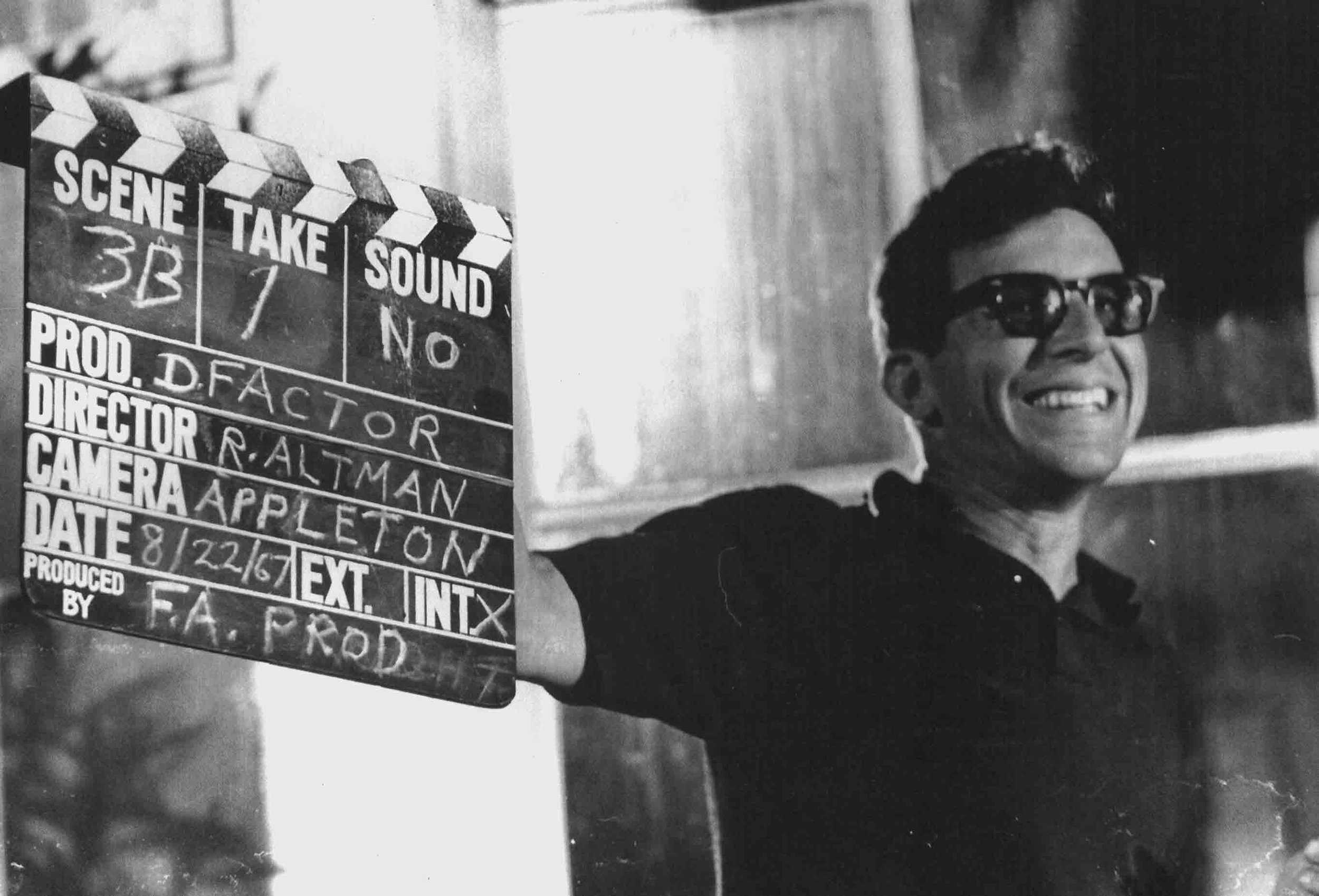
20th Anniversary - 24 Hour Party People

Pot au feu - Robert Altman - 1965

The World's First Computer Generated Music Video

"Cinemas in Films" project with Babak Gangei

Grey Organisation (Toby Mott) + De La Soul = D.A.I.S.Y.

Edgardo Giménez

Allen Jones' Projects Book

Inspiration from Tove Jansen

